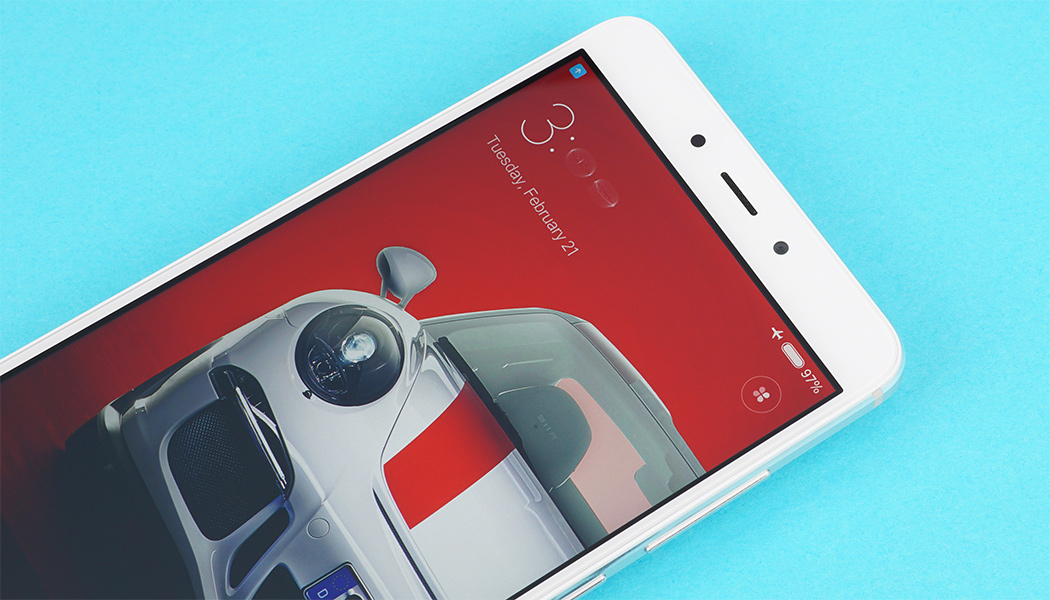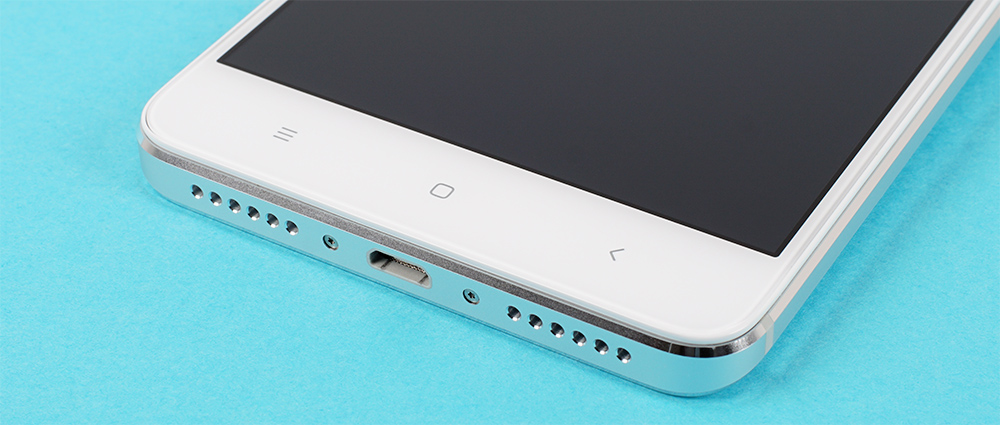Performance & Battery Life Report: Xiaomi Redmi Note 4 with MediaTek Helio X20
by Matt Humrick on February 23, 2017 7:00 AM EST- Posted in
- Smartphones
- Mobile
- Xiaomi
- MediaTek
- Helio X20
- Redmi Note 4
Final Words
Xiaomi really raised the performance bar last year when it released the Redmi Note 3 Pro with the Snapdragon 650 inside. The inclusion of two big A72 CPU cores made it stand out in a sea of octa-core A53 configurations in the sub-$200 USD price bracket. The Redmi Note 4 with Helio X20 continues this value proposition (at least the model we tested that’s intended for sale within China).
Just like its predecessor, the Redmi Note 4 performs better and just feels faster than it should for this price. With 3GB of RAM in the top model we tested, I could easily keep 20 apps of various sizes open and quickly juggle between them. The user interface is responsive and fluid except during some of MIUI’s animations such as opening the recent apps menu. Rendering and scrolling complex pages in Chrome is fast too.
It appears Xiaomi decided to save some money on the NAND in order to make room in the budget for a faster SoC, because storage performance is lower than expected, at least for smaller I/O transactions. Realistically, hitting a low price target requires some compromises, and in this case the benefits of the faster SoC outweigh the slower NAND, which was not really noticeable in everyday use.
While general system performance is competitive with mid-range phones—and even some flagships in certain workloads—GPU compute and gaming performance is less impressive. The Redmi Note 4 is still one of the faster phones in its class, but it definitely falls short of more-expensive products. It’s capable of playing many of the games currently available, but more intense 3D titles can present a challenge. And while not necessarily related to the GPU, I did notice that the camera takes a long time to process low-light and HDR photos.
Excellent battery life was one of the Redmi Note 3 Pro’s strengths; unfortunately, the Redmi Note 4 regresses in this crucial area. The roughly 20%-30% reduction in battery life, depending on usage scenario, will certainly be noticeable at the end of the day. The Note 4 will likely still get you through the day, but it lacks the extra energy reserve to handle more power-intensive tasks, such as gaming or GPS navigation, for extended periods of time and still be able to make it through a full 8 hour day.
In terms of performance and battery life, the Redmi Note 4 is still a great value. Hopefully it will continue to put pressure on other OEMs to include faster SoCs in some of their lower-cost phones for performance-oriented customers.












34 Comments
View All Comments
jospoortvliet - Monday, February 27, 2017 - link
The color shows the frequency. As written in the text, for the first 10seconds in the test the a72 runs at its max frequency (yellow) then falls back to a low speed of around 1500mhz (grey) with somewhere a little speed change, the thin line with some blue and light grey.arijitydv - Sunday, June 25, 2017 - link
It's time to establish it up and also utilize it as soon as you have actually efficiently attach your account on the Robux generator. This is a basic procedure and also numerous will certainly do it properly without requiring directions. http://freerobuxgenerator.netradekf - Wednesday, June 27, 2018 - link
https://www.youtube.com/watch?v=rcwjuaykVZ4 - you can see reallistic work with phone compared to syntetic tests. for me is phone with qualcomm for more reasons better then with mediatek.SinglaRohan1 - Monday, August 19, 2019 - link
Redmi note 4 is Best Phone i have used till now but it is hard to find its Back Cover so, try Printland for Redmi Note 4 Back Cover